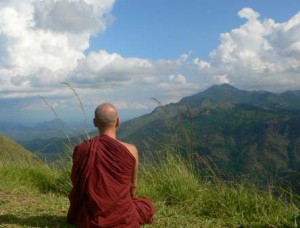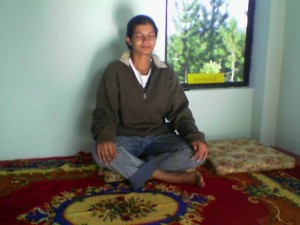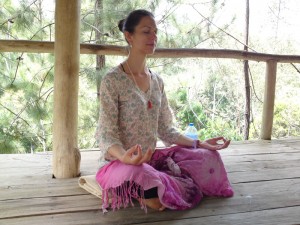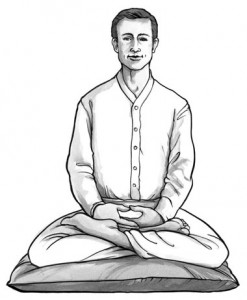You might think that this method of Vipassana Meditation is unusual. You may even wonder whether it is really meditation at all. This is simply because the Samatha methods of meditation are more familiar to most people than Vipassana Meditation. Samatha Meditation, however, develops only concentration, while the practice of VIPASSANA MEDITATION DEVELOPS THE WISDOM to know and understand reality.
It will not be difficult for a person who practices in this way to become aware of the CHANGING CONDITIONS OF THE MIND while performing everyday activities or even in work. This developing of constant awareness during daily life is also a method of practicing Vipassana Meditation. Here, it is not necessary to have one-pointed concentration on a single object, but simply to be aware of the ever-changing conditions of life.




